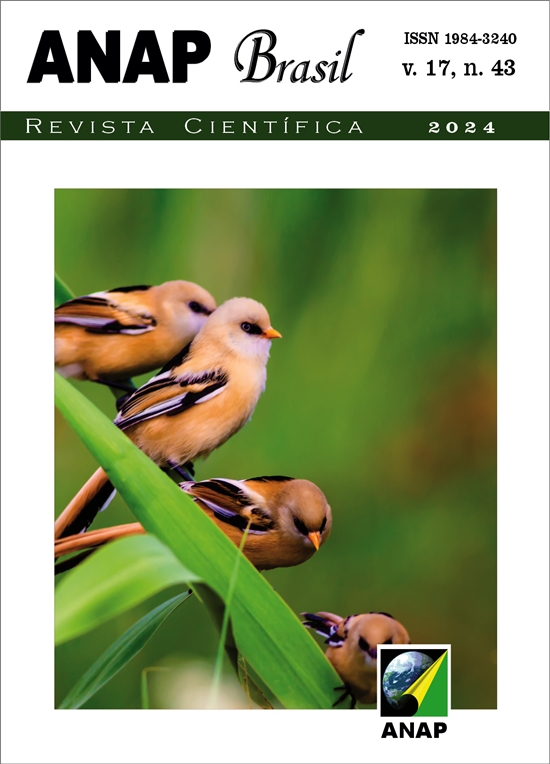Biological Nitrate Conversion in Packed Organic Bed Reactors
DOI:
https://doi.org/10.17271/19843240174320245474Keywords:
Effluent, Malt Husk, Wood chip, Heterotrophic Bacteria, Nitrogen RemovalAbstract
With the growth of the timber and brewing industries, the production of waste such as malt husks and wood chips has increased, as well as the generation of their respective effluents, which can be harmful, as they are rich in nitrate, an essential nutrient for algae, and can therefore generate eutrophication. In order to remove nitrate, conventional reactors have two compartments, one for nitrification and the other for denitrification. Aiming to convert nitrate into molecular nitrogen and evolve in the research of reactors that promote nitrification and denitrification in a single reactor, this research was carried out, the objective of which was to evaluate the possibility of using malt husk and wood chips as a source of carbon and supporting medium in the biological conversion process of Nitrate into gaseous Nitrogen. This research consisted of two phases, the first to fix the microorganisms in the bioreactor and the second to treat the effluent. In phase 1, samples were collected every 24 hours in order to visualize the inoculation through nitrate analysis and chemical oxygen demand. Phase 2 consisted of collections every 12 hours and comparisons of nitrate removals were made. After phase 2, the reactors and carbon sources were compared, after which nitrate removals were reached above 58% for the chip and above 65% for the malt husk, with these results, it is concluded that the sources are viable as a carbon source in the biological conversion of nitrate in NDS reactors.
Downloads
Downloads
Published
Issue
Section
License
Copyright (c) 2024 Revista Científica ANAP Brasil

This work is licensed under a Creative Commons Attribution 4.0 International License.












